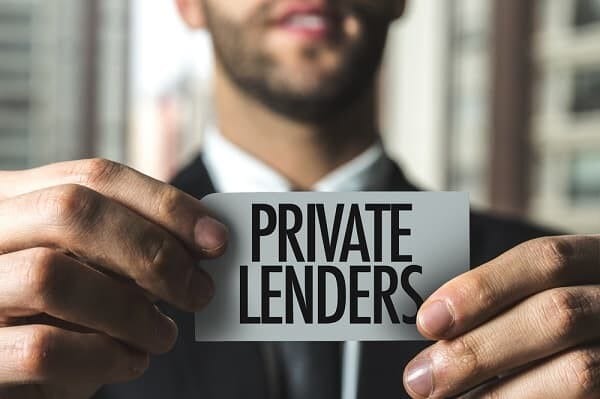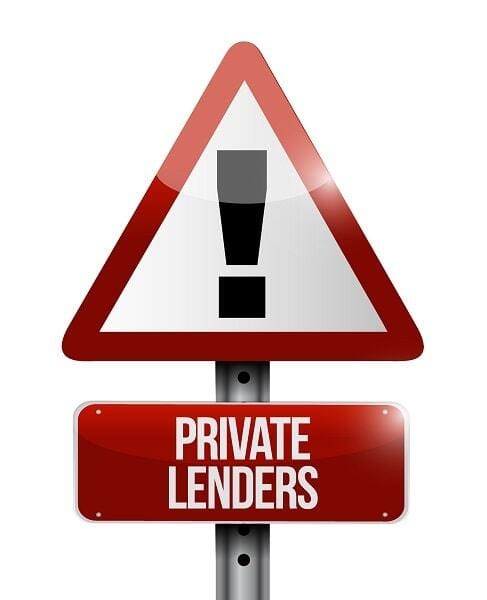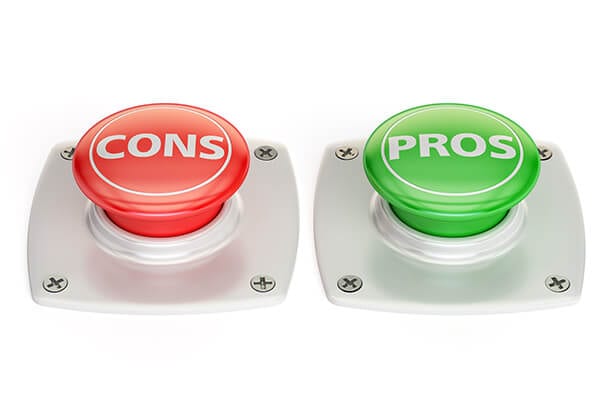Most people lock themselves into a loan and chip away at it slowly over the years, without looking into their options and re-evaluating things down the track. The truth is, refinance comes with many benefits and is definitely something you should be considering.
What does Refinancing Mean?
Refinancing occurs when you revise your interest rate, payment schedule, and terms on a loan. It is often best to consider refinancing your loan if substantial changes occur with interest rates, as it could end up saving you lots of money in the process. You write up a new agreement with the new terms set under it.
Different Types of Refinance
In general, refinancing applies to mortgage loans, car loans, and student loans. There are different ways you can refinance a loan:
Rate and Term Refinancing
This is the most common type of refinancing, where the original loan is replaced with a new loan that has lower interest payments.
Cash-out Refinancing
These are used for loans where something has been put up as collateral, for example, your house. If that increases in value, you can withdraw the value for a higher loan amount.
Cash-In Refinancing
This option allows you to pay down some of your loans for smaller loan payments.
Consolidation Refinancing
If you have lots of different loans in action, this type of refinancing enables you to take out a loan that is lower than your current interest rate across all loans.
Benefits of Refinancing Your Loan
Refinancing your loan comes with many benefits, and these can vary from lender to lender. Here’s a guide to some of the benefits you can expect from a refinance.
A better rate
Unsurprisingly, this is one of the most common reasons people refinance loans. Interest rates may have gone down, or your credit may have improved. This could mean you are eligible for a better rate than you are currently paying.
Lower payments
One of the benefits that come with a lower interest rate is that your monthly payments are also reduced. You also have the option of extending your pay off date. By taking longer to pay your loan back, you will also have less to pay each month.
Lock-in contracts
If you are currently on an adjustable-rate for your loan, you can choose to refinance into a fixed-rate for the remainder of the loan. This has the benefit of letting you lock in a good interest rate, and you can also plan out your payments.
Shorten your loan
mortgages, in particular, are long-term loans that span across decades. You may start off with a 20-year loan and then refinance when you are in a better position to make it a 10-year loan and pay off faster. The rates on a shorter loan are also much lower, so you will end up paying less.
Cash-out
The cash-out refinancing discussed above provides you with access to money when you need it. You can borrow against the amount your equity has risen and have access to that cash immediately. Mortgages tend to have lower interest rates than other loan types, so this can be a great way to do it and save yourself money in the process.
Consolidate debts
You can use the money from the cash-out refinancing to pay off other debts you may have owing, so you save on interest rates. As mentioned, mortgage interest rates are generally a lot lower than other types of debt. This also means you can reduce how much you are paying off each month, as mortgages are long-term debts.
How it Works
Despite all these benefits that come with the loan refinance, it is important to think your decision through properly before going ahead. When you refinance a loan, your lender pays off the initial loan for you and then you take out a whole new loan with the new terms. There are fees involved in this process, so you want to make sure the savings are worth it at the end of it all.
You have to pay an application fee to start the process, which covers the credit check and administration costs. If your application is denied, you won’t receive a refund. Once approved, you then have to pay a loan fee, which covers the lender’s administration and financing costs.
Some of the other costs include an inspection fee, recording fees, attorneys’ fees and more. The most important thing to do before you head down this path is to add up the costs and savings and see how they balance out in the long run.
There are so many practical advantages that come with refinancing your loan, so make sure you look into it and don’t just keep paying off your loan without a thought. You could potentially save yourself plenty of money in the process and have that loan paid off even faster.










